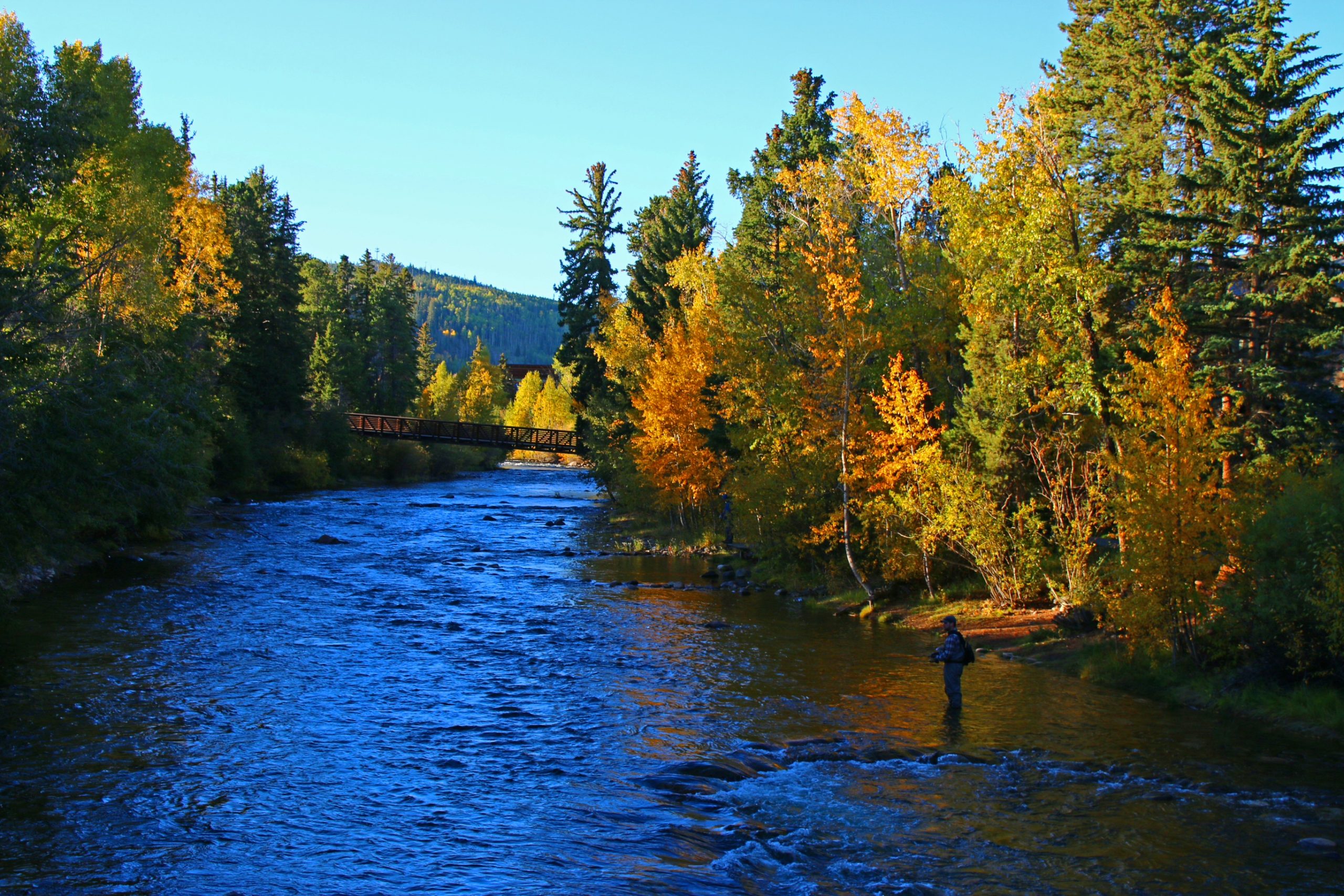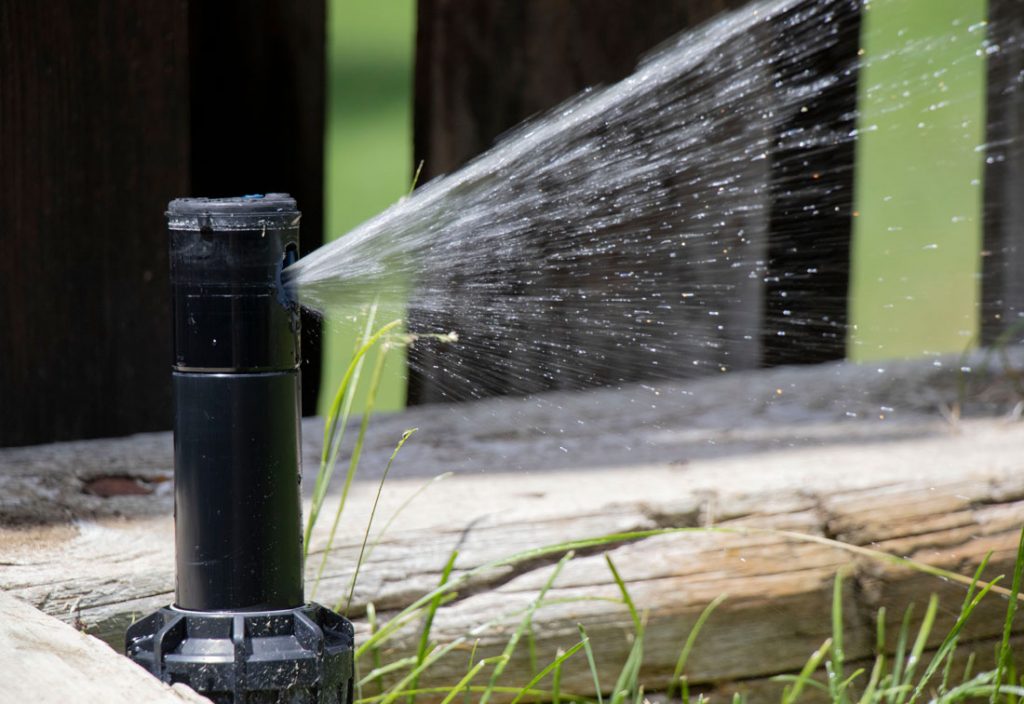
Dear Eartha, as much as I’m ready to enjoy warmer weather and summer activities, I’m still hoping for spring snowstorms knowing our state needs all of the moisture it can get. How is Colorado’s water situation right now?
We Coloradans are lucky. We are a headwater state, meaning our rivers start high in the Rocky Mountains before flowing through our communities, supporting local economies and many of our favorite activities. Heading further downstream, these rivers provide water to millions of other people. In fact, about 40 million people rely on the Colorado River for drinking water. But warming temperatures, persistent drought, declining snowpack, and earlier snowmelt — all impacts of a changing climate — are impacting water availability across the West. More disheartening news: A new report just named the Colorado River the most endangered river in the U.S. With a growing population relying on the water that all starts here, the amount of water in Western streams, rivers, and aquifers is being drawn out faster than it can be replenished. It’s time to start rethinking our relationship to water and how we can take collective action to protect one of our most precious and life-sustaining resources.
Introducing Water 22
2022 is a significant year for water. This year marks 100 years of the Colorado River Compact, 50 years of the Clean Water Act, and the year the 2015 Colorado Water Plan will be updated. Inspired by these milestones and the dire need to take action, Water Education Colorado alongside Gov. Jared Polis and other state leaders have spearheaded a yearlong public awareness campaign called Water ’22. The focus? Encouraging Coloradans to learn more about the state’s water supply and how individuals can help secure Colorado’s water future. In recognition of this significant year, this campaign recommends 22 ways to start saving at least 22 gallons of water per day in the hopes that residents understand their water usage and recognize the value water has in all our lives.
Join the flow
Imagine: If every Coloradan saved 22 gallons of water per day, we’d all save a little over 8,000 gallons of water each year. Multiply that by the growing population of Colorado and the savings add up to over 45 billion gallons of water annually. To visualize that much water, picture the capacity of Green Mountain Reservoir — it’s roughly the same amount. Conserving this much water can make a big difference as we adapt to future changes in water availability. Water ’22 encourages all Coloradans to “join the flow,” so in that spirit, here are a few simple ways we can save water in our everyday lives.
As we head into the summer months, water bills tend to ramp up as many of us start watering our outdoor spaces. If you have a thirsty lawn, one small change that creates big savings is watering lawns at dusk or dawn instead of throughout the day. Watering during the cooler hours results in less evaporation, meaning that plants get more hydration. Even better, install efficient irrigation systems that use drip lines, rotary nozzles, and smart irrigation controllers. If you are thinking about making any of these water-efficient changes, keep an eye out for new outdoor water rebate programs launching in June from the High Country Conservation Center.

If you are without a lawn, there are plenty of indoor opportunities to save water. Whether brushing your teeth, soaping hands, or cleaning the dishes, it’s easy to leave the water running out of convenience. Turning off the tap, even for a few short minutes, can help save up to more than 500 gallons of water each month.
Looking for more ways to save? Check out the Water ’22 website at Water22.org and spread the word. Tell others how much you care about water conservation. There truly is strength in numbers when we all join together to save water. As lucky as we are to enjoy fresh snow and a pristine water supply, we also can take pride in the shared responsibility of being good stewards of a resource that millions rely on. So, let’s take collective action to meet the water needs of today — and future generations.
